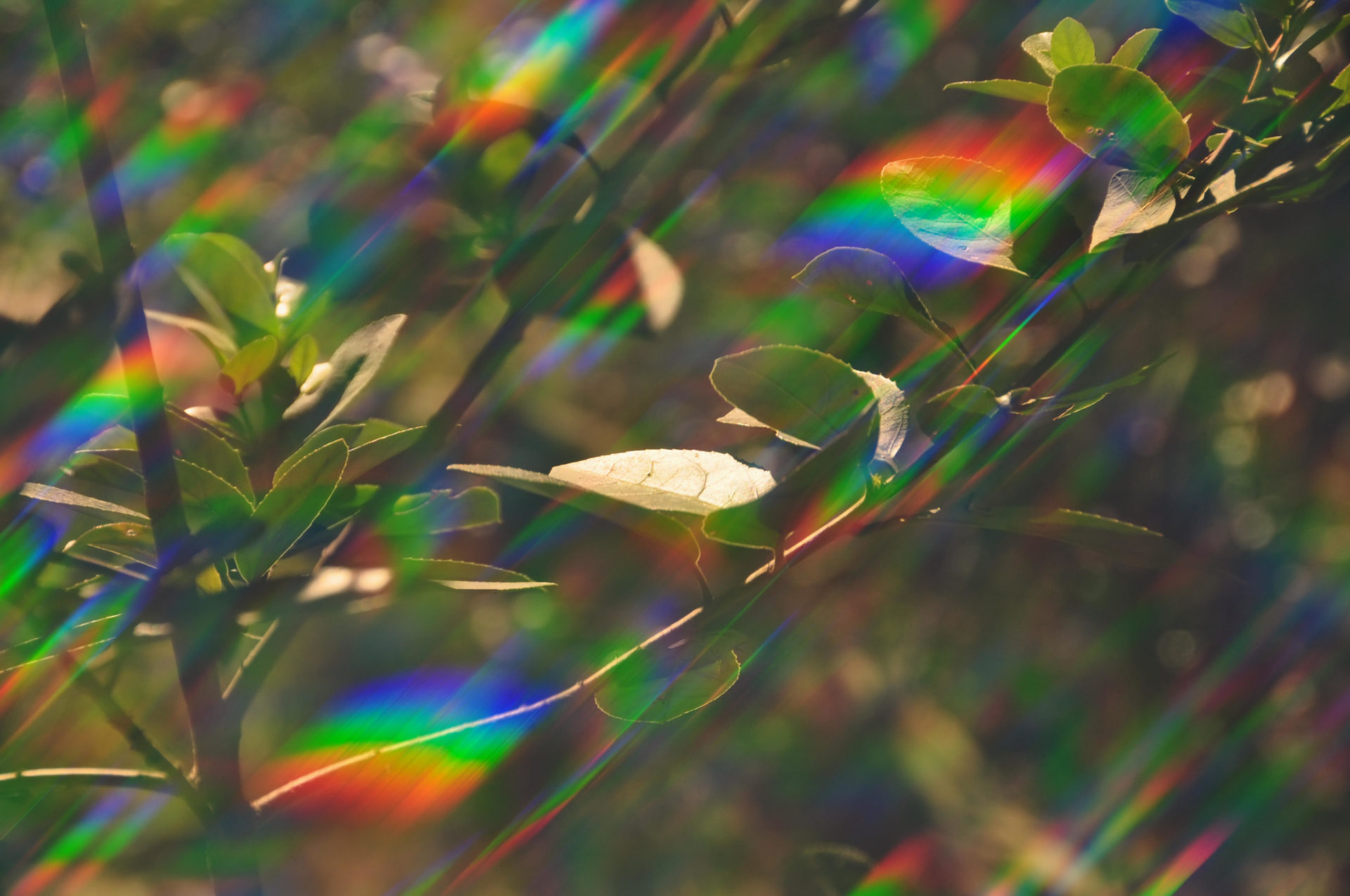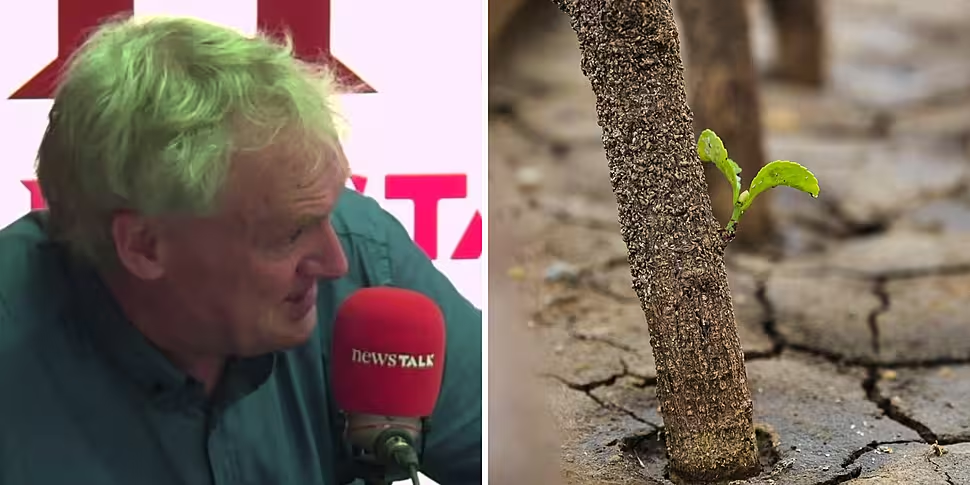While life on earth couldn’t survive without oxygen now, a couple of billion years ago, oxygen nearly destroyed all living things.
That’s according to Professor Luke O’Neill, who told Show Me the Science the origin of life on earth is the “biggest question of them all”.
“Scientists have spent a lot of time on this in the last 50 years or so to come up with a scientific basis for life,” he said.
“We have some evidence that backs up some stuff – but I often say teak nobody's word, if you're a scientist you must question everything.”
The most compelling evidence suggests the earth formed 4.5 billion years ago, based on the dating of rocks.
“Then you can look at the fossil record through time and see evidence for life,” Prof O’Neill said.
Forming cells
Another billion years of chemicals bubbling and reacting later, the first cells started to form.
“It’s still a work in progress,” he said. “It took a long time for conditions on earth to give rise to the first cell.
“That first cell was bacteria - all bacteria are descended from that first cell and so are we.”
Another billion years later, and evolution has kicked in – one cell evolves to absorb energy through sunlight which was extremely important to allow life on earth to develop.
 Photosynthesis. Image: Dimitris K. / Alamy Stock Photo
Photosynthesis. Image: Dimitris K. / Alamy Stock PhotoHowever, that chemical reaction of energy and sunlight generated a toxic chemical: oxygen.
“The truth is oxygen oxidises things – it breaks things down,” Prof O’Neill said.
“That oxygen nearly kills all of life on earth because organism rusts away and get broken down by the oxygen.”
Two cells, however, found a way to evolve around this toxic chemical and treat oxygen like a battery that can be controlled.
What followed then, Prof O’Neill explained, was that one of these evolving cells that can handle oxygen crawled inside a cell that cannot handle oxygen.
“This is endosymbiosis,” he said. “Both cells benefit from this - the one that can receive oxygen gets energy and the one that’s crawled inside gets nutrient.
“All the animal cells come from the cell that can take in another cell that can use oxygen.
“Massive diversity of life begins to happen because of this energy source and the energy is essential for the evolution of very complex life.”









